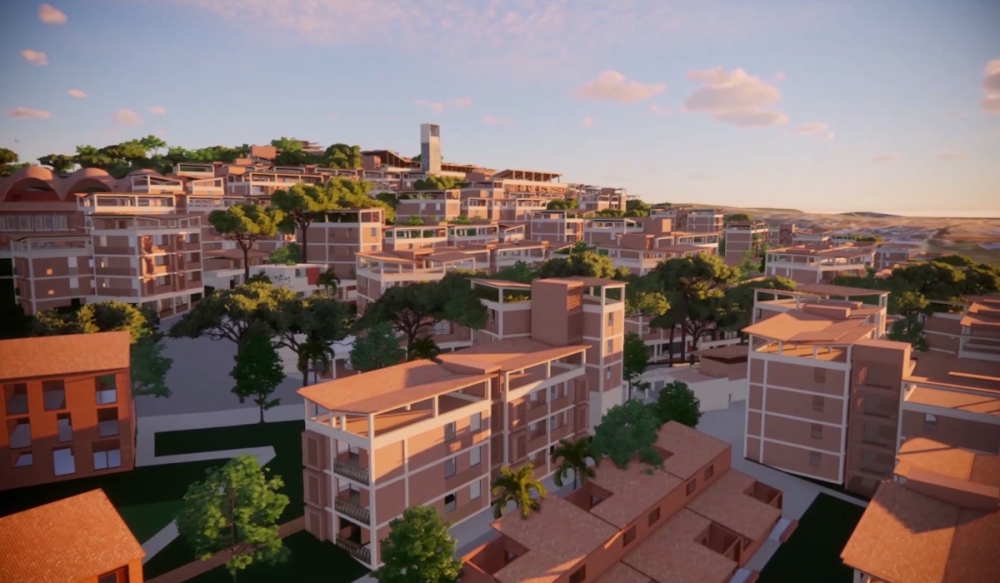
Kigali Green city
Rwanda is looking forward to a middle income economy status, come 2030 and the leadership in place is set to usher the country to that milestone.
The team of City of Kigali executive committee, in collaboration with the city council was also elected last month to drive the city to its ambitious goals in line with the 2035 vision.
The goals seek to make Kigali a city of character, vibrant economy and diversity, a city of green transport, affordable homes, enchanting nature & biodiversity among others.
Kigali also seeks to be a city of sustainable resource management and a city of endearing character & unique local identity.
In front of these goals, implementation of key projects is paramount, but a number of them has been delayed for several years now.
A political language is sometimes used to tell the media that those projects will mature “any time soon’, that they are under study, that they are in tendering process, or awaiting for the cabinet approval and so on. But what projects are those?
The Bus Rapid Transit(BRT)
If a journalist who covered demarcation of the bus rapid transit had a plan to quit journalism in ten years, they may never cover the launch of the project.
Bus Rapid Transit, or commonly BRT, is a road network dedicated to passenger service buses. The City of Kigali brought the project to manage congestion which affects the city mobility during pick hours.
In 2014, the city started demarcation of the 160 kilometer road network which was expected to cater for buses of 100 passenger capacity and beyond.
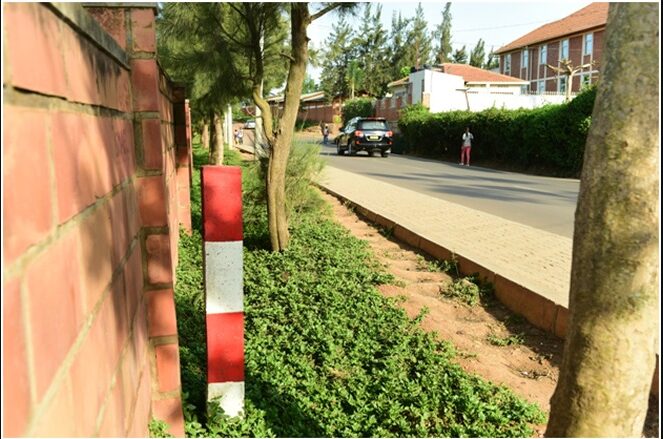
Demarcation BRT in Kacyiru
The 10-year project was estimated to cost $ 2.5 billion.
The road , 36 metres wide (including boundaries) would start to Nyabugogo to link the city hub to five main arteries.
Those include Nyabugogo-Yamaha-Downtown Kigali-Nyamirambo and then kwa Mutangana (Nyabugogo) – below kwa Kabuga(Muhima) Traffic Police headquarters, then Muhima below Rwanda Social Security Board (RSSB) headquarters, Rwandex-Zion Temple and connect to Kicukiro centre.
The third route will link Nyabugogo to Kigali Independent University via Kinamba, through Fawe Girls’ School Gisozi toward its Kagugu terminus.
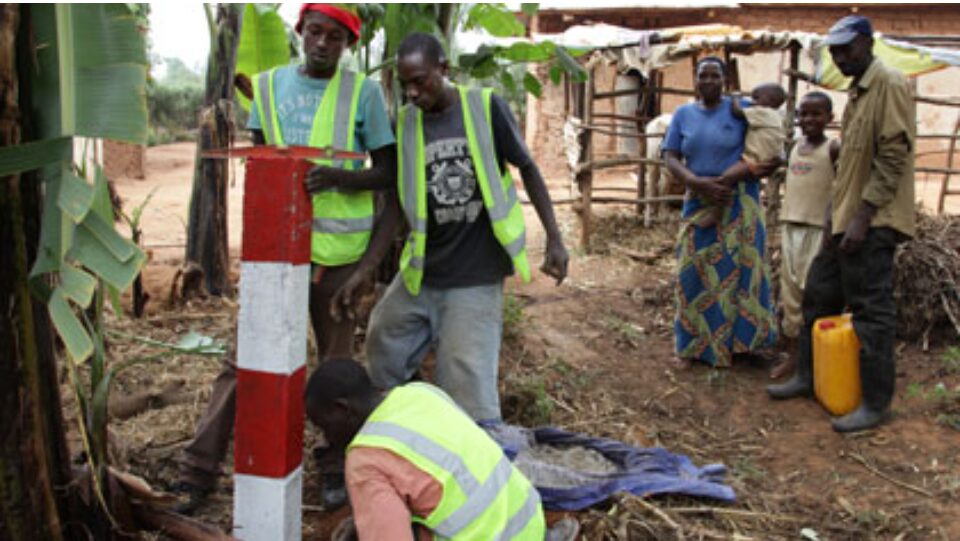
BRT demarcation in Busanza
Passengers plying Nyabugogo-Zindiro road in Kimironko, and even those going further to Kabuga, would use the lane Kinamba-Kacyiru-Chez Lando, to reach Kimironko via Prince House and Centre Christus-Remera.
This route would continue up to Zindiro, Ndera and Rusororo.
From Chez Lando, the route to Masaka would go through Sonatube-Niboye-Rubirizi and Busanza.
The population had expressed excitement towards that project and were ready for expropriation in 2015.
Meanwhile, as early as 2009, former Minister of Infrastructure Linda Bihire spoke about the study on BRT that was underway.
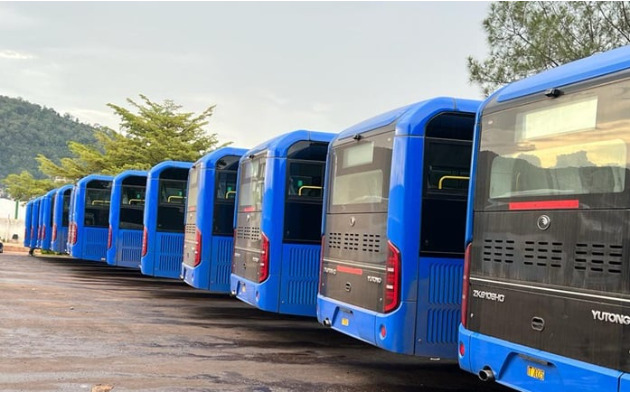
The latest fleet of buses in Kigali
As far as city transport is concerned, several other projects are still awaited and the recent one could be the acquisition of 300 buses, of which 100 was shipped and are in operation to date.
In January this year, the city transport operators signed a financing agreement with Development Bank of Rwanda(BRD) for the acquisition of 120 buses, but the remaining buses were also supposed to come in a few.
The acquisition of 100 buses reduced congestion to a certain extent, but the city is not yet there. Sometimes last year, the capital Kigali had thought of an option to start bus dedicated lanes, but none knew that it was not a near future project.
The city explained that the project would require some readjustment of infrastructure but it seems nothing much is happening in this regard.
The multi million cable car project
Beside the promise of BRT was also the cable car project and a lot kept pending until 2016 when the first venture was announced for $ 38 million in the Northern Province, to be built on Karisimbi for touristic purposes.
 In Kigali, the city officials said that they discussed with two companies from South Africa and France respectively to provide cable car transport for the capital city.
In Kigali, the city officials said that they discussed with two companies from South Africa and France respectively to provide cable car transport for the capital city.
“These companies approached us and we discussed how the project can be executed based on available means,” Eng. Jean d’Amour Rwunguko – head of transport in the City of Kigali told KT Press then.
“City of Kigali is one of the hilliest cities. This is the fastest means of transport that will even reduce on the traffic jam around the city.”
The promise was to launch the cable car by 2025, but since 2019 when the project was announced, not much is seen.
It was alleged that the companies had in 2019, started designing technical proposals for the City of Kigali, and according to Eng. Rwunguko, there was hope that the project would be executed.
Kigali Central Sewerage system
In February 2019, a 25 year loan agreement to finance Kigali Central Sewage project worth €45 million was signed between the Ministry of Finance and Economic Planning and the European Investment Bank (EIB).
The project was meant to be completed in the following three years, but it is apparently yet to start, six years later.
The signing of the financing agreement was witnessed by senior government officials, representatives of the Water and Sanitation Corporation of Rwanda and Ambassador Nicola Bellomo, the then Head of the European Union Delegation to Rwanda.
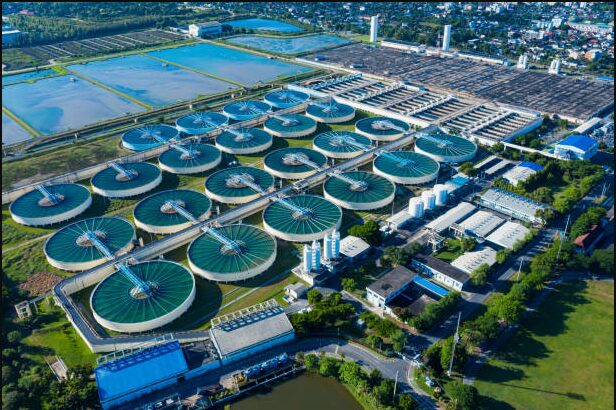
A sewerage system – internet photo
Also related to Sewarage and cleanness of Kigali is the expropriation of households in vicinity of Nduba landfill.
The city of Kigali’s report indicates that since 2012, they relocated more than 800 households to pave away for the landfill.
But, until June 2023, there was still an estimate 80 families that needed expropriation. The city of Kigali was looking for Rwf 3 billion for their expropriation, but there was only Rwf 517 million which could barely expropriate 23 families.
Last year, our reporter visited the community around Nduba landfill who said, that expropriation does not mind about those who are most in danger.
Kigali Green city project
Initiated in 2019, green city project on 600 hectares in Kinyinya sector, Gasabo district, the project consists of construction of affordable housing units in a sustainable green city.
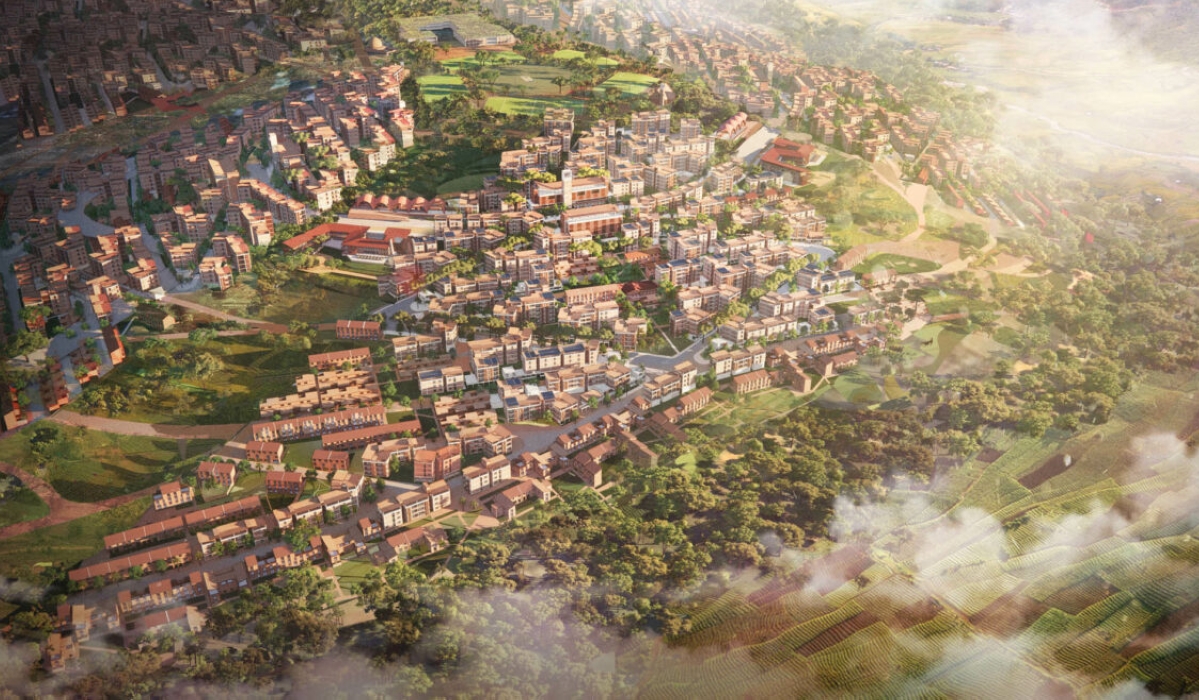
Kigali Green City
It included construction of 1,749 housing units on 18hectares in five years(since 2020) at a cost of $103.8million (Rwf97.7billion) out of the $1.5 billion needed in the whole first phase.
In Kinyinya, there are not much to date, except idle plots and families who are stuck because they cannot do any development on their houses pending expropriation.
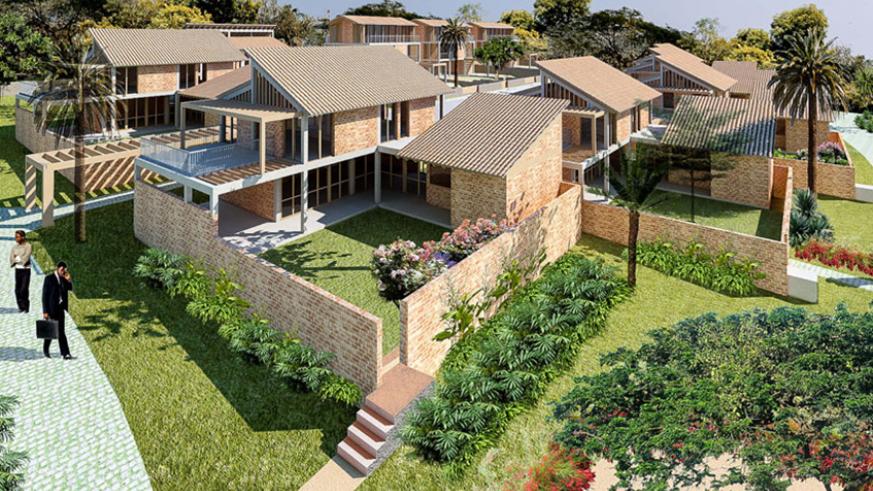
Green city project
In the capital Kigali, there is a lot of developments in the affordable housing. The next five years will require to revisit the housing implementation, especially relocation from high risk zones.
Until August 2023, the city was requesting 3000 households to move out of floods zones before the rains of September.
Relocation in this context started in 2016 with 7361 households, but it always came with controversies especially for the owners who want “value for money” of their houses from slums in most cases.

